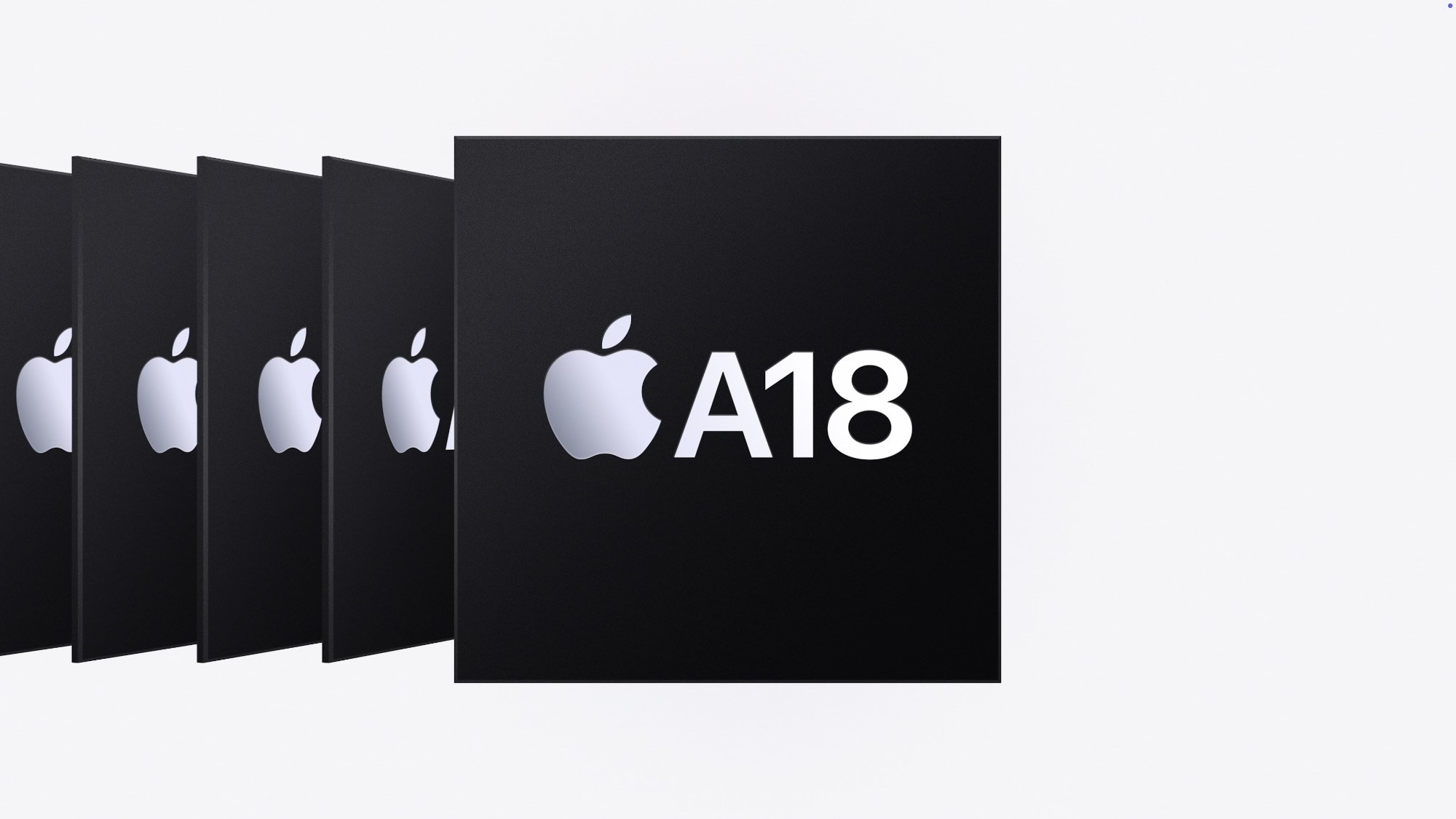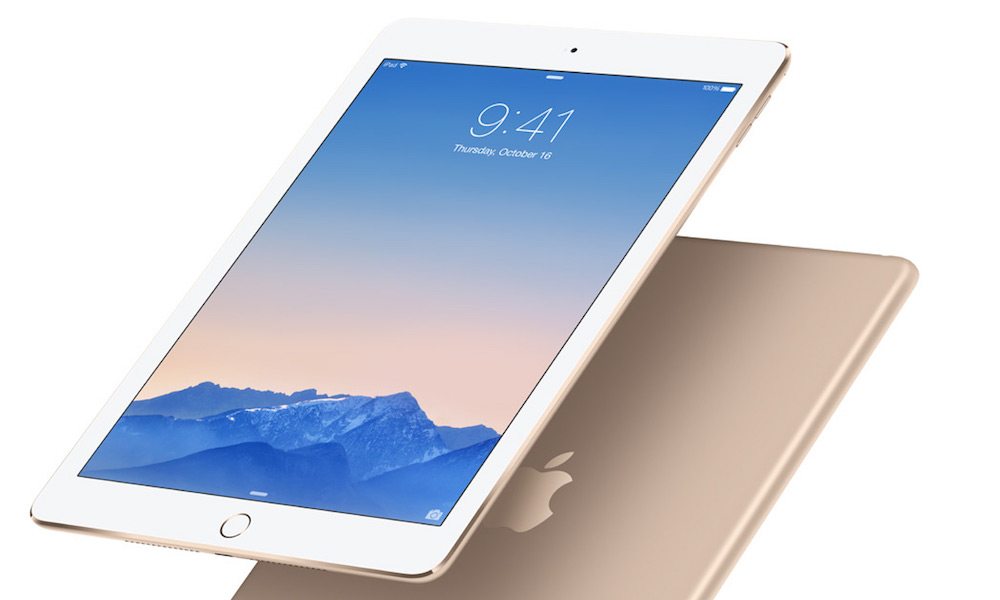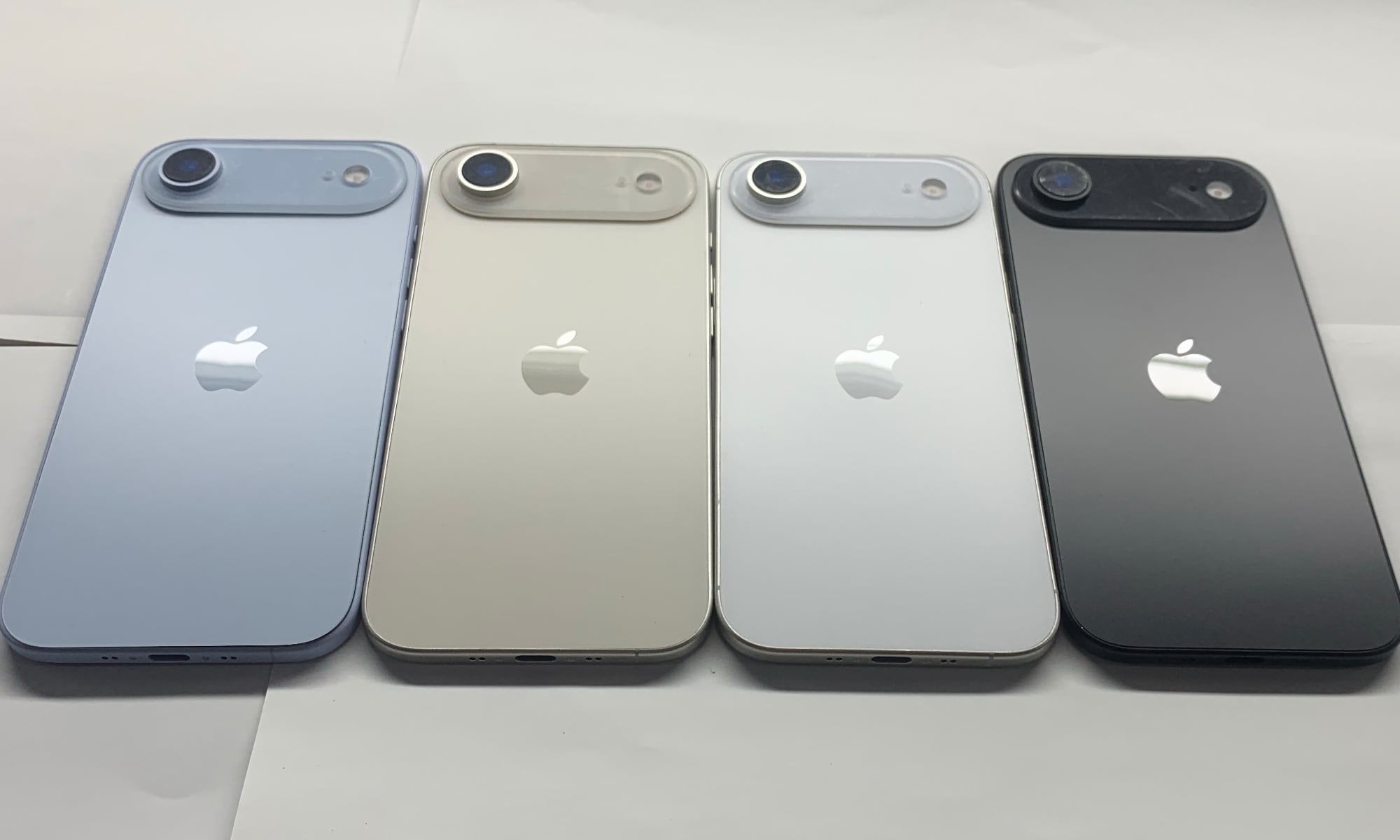The ‘iPhone 17 Air’ Could Be a New Mid-Range Model
 iPhone 17 Air concept [WEIS Studio]
iPhone 17 Air concept [WEIS Studio]
Toggle Dark Mode
Ever since we saw the first reports over a year ago that Apple might replace the iPhone Plus with an “iPhone Slim,” there’s been some debate as to precisely where this new model — now colloquially known as the “iPhone 17 Air” until Apple gives us an official name — will fit into the overall lineup.
It was clear from the start that Apple’s plan was to go in a different direction, phasing out the larger-screened standard iPhone in favor of something unique. By all accounts, the new iPhone was expected to have moderate specifications, including only a single camera, and early reports suggested that Apple could go the luxury route, emphasizing form over function and pricing it at the top end of the lineup, above even the iPhone 17 Pro Max.
As strange as this sounds, it wouldn’t be without precedent. When Apple unveiled the original MacBook Air 17 years ago, it wasn’t just the thinnest laptop in the world; it was also one of the most expensive. Apple promoted it as an incredibly thin “executive laptop” that could be more expensive than the base 15-inch and 17-inch MacBook Pro if you opted for the SSD version.
However, more recent rumors have suggested that Apple won’t go that far. The “iPhone 17 Air” is expected to be priced similarly to the iPhone 16 Plus. Although the entire iPhone 17 lineup could be in for a price increase this year, Apple’s svelte new iPhone model is likely to still land in between the base iPhone 17 and the 6.3-inch iPhone 17 Pro.
Nevertheless, the “iPhone 17 Air” is expected to differ from the iPhone 17 in several ways beyond its ultra-slim design (which could be as thin as 5.5 mm). The fact that it will have a single camera is a given at this point, but Apple could make up for that deficiency in other ways than merely its design.
Chief among these are persistent rumors that Apple will go with an A19 Pro chip in the new “iPhone Air,” rather than the A19 that’s expected to be used in the base iPhone 17 (and likely an iPhone 17e next year).
Mind you, those haven’t been the only chip rumours we’ve heard. Other reports, even from some of the same analysts, believe Apple will stick with its standard playbook of reserving the A19 Pro for the Pro models and using the A19 in everything else. Then there’s an outlier that suggests Apple could go with last year’s A18 in the iPhone 17, an A19 in the “iPhone 17 Air,” and the A19 Pro only in the iPhone 17 Pro models, although the primary source for that later recanted that position.
Recently, Weibo leaker Fixed Focus Digital doubled down on their prediction from last month that the “iPhone 17 Air” will indeed get a scaled-down version of the A19 Pro chip, with only five cores instead of the six-core chip expected to go into the iPhone 17 Pro models. This would arguably put the “iPhone 17 Air” a notch up from the iPhone 17 in performance, and let Apple position it as an “upgrade” from the base model, despite the single camera and the shorter battery life that’s expected from it.
What’s in a Name?

These rumors all presuppose that Apple will use the same naming convention for this year’s chips. While there’s enough buzz to suggest that the “iPhone 17 Air” could get a better chip than the iPhone 17, Apple might choose to reserve the “Pro” designation for the chip that goes into its iPhone 17 Pro models. This might also be where the brief idea that we’d see an A18/A19/A19 Pro combo came from; after all, nobody outside of Apple knows for sure what Apple is going to call these pieces of silicon.
We also don’t know what Apple will call this new iPhone model. The name “Air” has been thrown around as the most obvious guess, but Apple could surprise us. “Air” seems to fit, although it could mean one or both of two things based on Apple’s traditional “Air” product lineups.
The first is simply heralding the ultra-thin design, as it did with the original 2008 MacBook Air — the first device to use the suffix. However, that’s somewhat anachronistic in 2025.
The second, and perhaps more relevant, is Apple’s more recent move to use the term for its middle-tier devices.

The “Air” designation among Apple products has had a somewhat inconsistent history. The MacBook Air and the first two generations of iPad Air, in 2014 and 2015, used it to emphasize thinness. However, even by the time those iPads came along, the MacBook Air had become the standard entry-level MacBook and was no longer about the profile.
In 2015, Apple shifted the landscape when it released the 12-inch MacBook. This was smaller and slimmer than the MacBook Air models of the day, and hinted at the “Air” designation becoming more about mid-tier models rather than design. The 12-inch MacBook lasted only two generations before being discontinued the same year Apple reintroduced the “iPad Air” name on a new tablet, positioning it in the middle tier between the entry-level iPad and the flagship iPad Pro.
Apple called that 2019 model the third-generation iPad Air because it was the third time the name had been used, but technically speaking, it was the start of a whole new family; the first two iPad Air models were part of the base iPad family — successors to the 2013 fourth-generation iPad, and predecessors to the 2017 fifth-generation model.
Whatever the “iPhone 17 Air” ultimately turns out to be, it will clearly be designed for customers with different priorities from the usual iPhone buyers, and it will be interesting to see how much of a market there is for such a device.
[The information provided in this article has NOT been confirmed by Apple and may be speculation. Provided details may not be factual. Take all rumors, tech or otherwise, with a grain of salt.]








